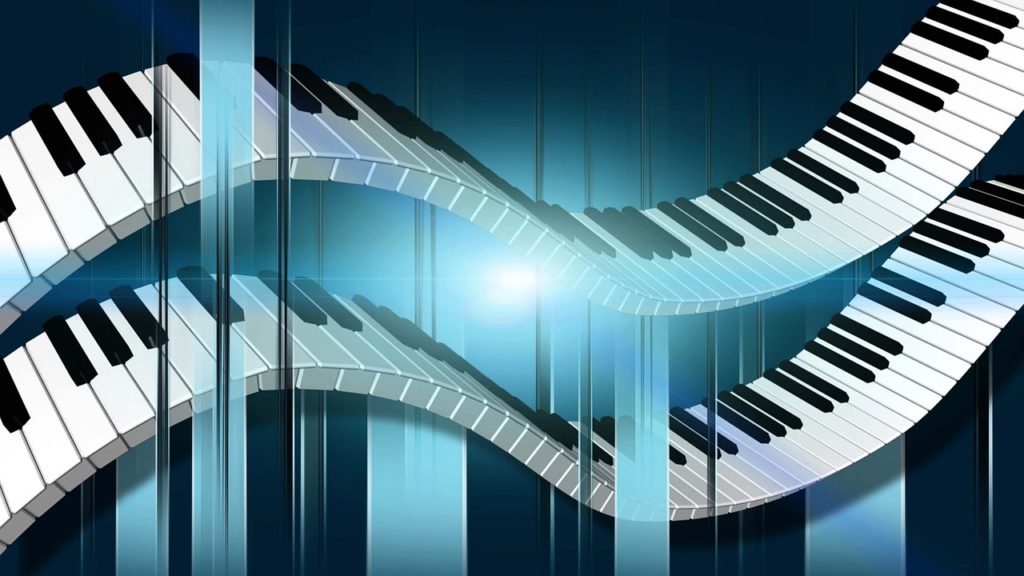In the minor key templates, you have all the notes from the dominant key, except for the fifth of the dominant chord in the dominant key.
Compare the notes from the E natural minor scale in the E minor keyboard template with the notes of the E natural minor scale in the A minor keyboard template by substituting F# for F on the A minor keyboard template. You will notice that the A minor keyboard template doesn’t have F# 586.
In addition, seventh chords can be used, but they aren’t color coded. The color coding on the charts only indicates the triads from the harmonic minor scale. Also, the seventh chords don’t represent the best harmonic tuning.
In addition, beware of using enharmonic accidentals. For example, a G# will function as the third of an E triad (E 386, G# 772, B 1086). However, it won’t function as the root of an Ab triad (Ab 814, C 0, Eb 314).
Now for the fun part, we’ll look at a practical example of how a Supplemented Equal Temperament minor key works.


